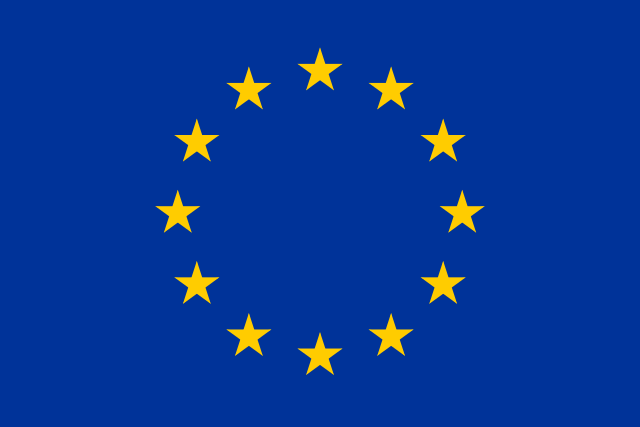Objectives
The main goal of the project ReSHEALience is to develop an Ultra High Durability Concrete (UHDC) and a Durability Assessment-based Design (DAD) methodology for structures, to improve durability and predict their long-term performance under Extremely Aggressive Exposures (EAE: XS-chloride induced corrosion, XA-chemical attack).
The improvement will be supported upgrading Ultra High Performance Fiber Reinforced Concrete with new functionalities. Focus will be on marine structures and infrastructures for geothermal/biomass energy plants, whose severe conditions challenge the performance, lead to quick deterioration and shorten the lifespan, resulting in billions Euro spent each year in repairs.
This goal will be achieved through the following activities (variations compared to current high performance reinforced concrete).
- Tailoring UHDC to target a 100% enhancement in material durability.
- Upgrading experimental methods to validating durability properties of UHDCs in service conditions (cracked state) and validate an enhancement of at least a 30%.
- Developing a theoretical model to evaluate ageing and degradation of UHDC structures in EAE with a 75% of accuracy, extending the modelling to predict the lifespan.
- Proposing new design concepts DAD, for the use of UHDC and assessing the structures durability and Life Cycle Analysis with a 95% confidence level, to achieve an increase service life of 30%, and a long-term reduction of maintenance costs by at least 50%.
- Proving, through long-term monitoring in six full-scale proofs-of concept that UHDC in real conditions has the expected enhancement of 30% in durability for both: repaired and new elements.
- Developing a Business Plan per industrial partner analyzing the market niches and sectors where the developments will be exploited.
The competence garnered by all the partners will put them in the forefront of the civil engineering field in order to provide sustainable solutions for the most challenging needs of our society.

